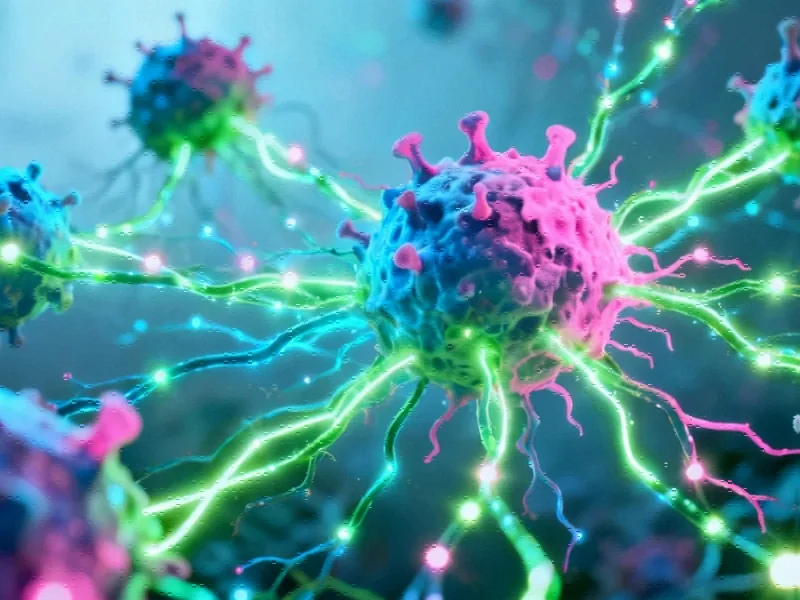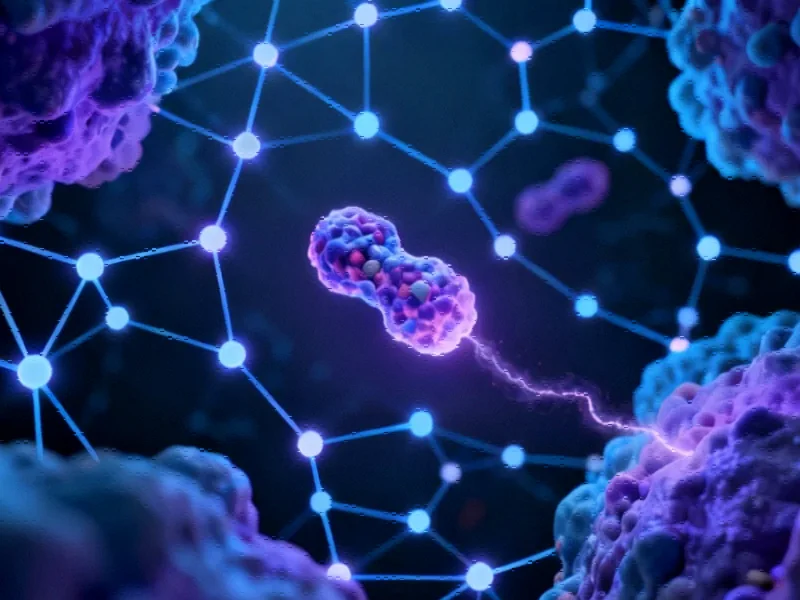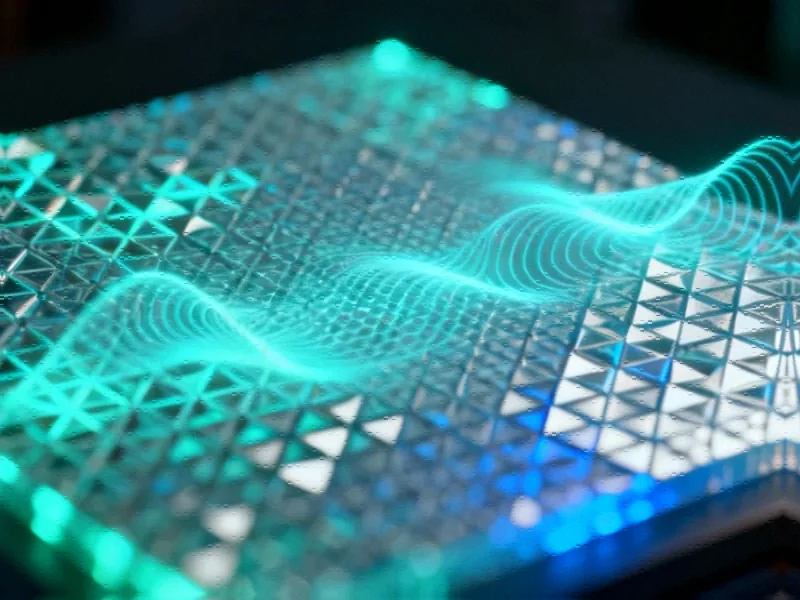The Dawn of Self-Assembling Robotic Systems
In a groundbreaking development from Chemnitz University of Technology and the European Centre for Living Technology in Venice, researchers have created origami-inspired microrobots that represent a significant leap in autonomous systems. These innovative structures can self-fold into cube-like formations and subsequently assemble into more complex architectures, marking a pivotal moment in micro-robotic evolution.
The technology demonstrates how advanced manufacturing techniques are converging with biological principles to create systems that can organize and communicate without human intervention. This breakthrough aligns with broader industry developments in autonomous systems that are transforming multiple sectors.
Multifunctional Design and Component Integration
What makes these microrobots particularly remarkable is their sophisticated internal architecture. The interior faces can host rigid microcomponents including silicon chiplets for computational processing and micro-light-emitting diodes (μLEDs) for optical communication. Meanwhile, the edges incorporate rolled organic solar cells capable of omnidirectional energy harvesting, achieving maximum power outputs of 37.5 μW.
The research team perfected flip-chip bonding techniques to attach these rigid components to various thin-film and hydrogel surfaces. This heterogeneous integration leverages automated lithography and microchiplet bump-binding processes that are both mass-producible and cost-effective—addressing critical scalability challenges that often hinder related innovations in micro-robotics.
Energy Harvesting and Propulsion Mechanisms
The energy harvested by the solar cells proves sufficient for two critical functions: propulsion via water electrolysis and communication through green μLEDs. This self-sustaining energy system enables the microrobots to operate independently, transmitting data at rates up to 1,000 Hz across distances of 4 mm.
This autonomous power management represents a significant advancement in creating truly independent microsystems. As we’ve seen in broader market trends, the ability to harvest and manage energy efficiently is becoming increasingly crucial across technological domains.
Communication Capabilities and Data Transmission
The communication system implemented in these microrobots utilizes optical transmission through green μLEDs, providing a reliable method for inter-robot data exchange. The achieved transmission rate of 1,000 Hz at 4 mm distances demonstrates the practical viability of this approach for coordinated group behaviors.
This development in micro-robot communication protocols occurs alongside significant recent technology advancements in connectivity and data transmission systems across scales.
Manufacturing Scalability and Future Applications
The manufacturing processes developed for these microrobots address one of the most significant challenges in micro-robotics: scalable production. The automated lithography and microchiplet bump-binding techniques enable cost-effective mass production, opening doors to numerous practical applications.
Potential implementations include distributed environmental monitoring, targeted drug delivery systems, and reconfigurable manufacturing platforms. These applications reflect the growing intersection between robotics and other technological domains, as seen in parallel industry developments.
Broader Implications for Autonomous Systems
This research represents more than just a technical achievement in microrobotics—it points toward a future where complex systems can self-organize, communicate, and adapt without centralized control. The integration of energy harvesting, processing, communication, and propulsion in such a small form factor demonstrates how multiple technological domains are converging to create increasingly sophisticated autonomous systems.
As these technologies mature, we can anticipate their influence spreading across numerous fields, from medical applications to environmental monitoring and beyond, fundamentally changing how we approach problem-solving at microscopic scales.
This article aggregates information from publicly available sources. All trademarks and copyrights belong to their respective owners.
Note: Featured image is for illustrative purposes only and does not represent any specific product, service, or entity mentioned in this article.



